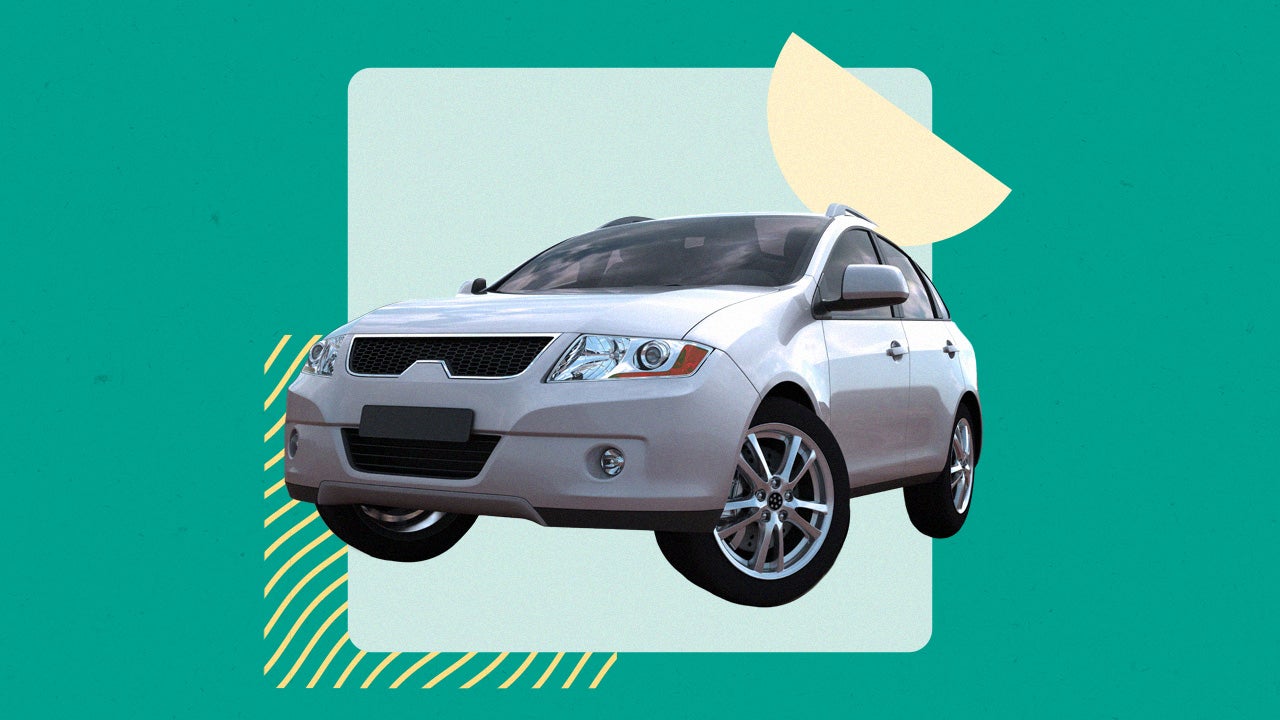How many times can you refinance a car?




Key takeaways
- There is no legal limit to how many times you can refinance your car.
- It can make sense to refinance again if you can get better rates, lower payments, better terms or other perks like cash back.
- Lenders have requirements for refinancing relating to the time left on the loan, the loan amount and the vehicle’s age, value and mileage. These requirements may prevent you from refinancing immediately.
There is no legal limit to the number of times you can refinance. So, if you find a better rate after refinancing your auto loan, taking out another new loan could save you additional money each month. However, the process is not always the right move, even though you can refinance your car loan as many times as you’d like.
Before moving forward, take the time to understand the requirements, benefits and drawbacks of refinancing. You may find that other options that don’t involve refinancing are better.
How often can you refinance your car?
If you’ve already refinanced your car, you can do it again. The limiting factor is whether you can find a willing lender.
After refinancing several times, you could find it more challenging to secure a new auto loan with competitive terms. Some lenders see multiple refinances as a sign that the borrower is struggling to keep up with their auto loan. That means they’ll charge a higher interest rate.
“The question is, why do they keep refinancing?” says Christina Naylor, chief operations officer at Carolina Trust Federal Credit Union.“Are they using the equity or cash out to pay down revolving debt and then immediately running up the credit card balances again? That is a risk for the lender, and it’s a bad strategy for the borrower.”
How soon can you refinance a car loan?
There’s no legal requirement for a waiting period for refinancing. If a lender is willing to refinance your loan soon after it’s funded, you could be in luck. However, lenders also often want to see at least six months of payments on your current loan before considering a refinance.
When it might be a good idea to refinance again
There are occasions when it makes sense to refinance your car more than once:
- Need space in budget: Refinancing can lead to lower monthly payments. If you need another break on your monthly payment due to other financial goals or decreased income, it is a sound option.
- Better credit: If your credit score has improved since your last refinance, you can likely qualify for a lower rate and, in turn, save money each month.
- Six months have passed: Many lenders have a six-month time limit for refinancing. So, if it has been at least six months of paying your current loan and you believe a better rate may be available, now might be a good time to consider refinancing.
- Interest rates have decreased: If the Federal Reserve has decreased interest rates, resulting in lower rates for borrowers, it can be a good time to refinance.
Why you may not want to refinance more than once
Refinancing more than once may not always be a good strategy.
- You may face a prepayment penalty: Your current lender could charge you a prepayment penalty for paying the loan off early.
- Fees add up: Loan origination and title transfer fees are also standard with refinancing transactions. These costs and the additional interest you may pay if you extend the loan term can add up after several refinances.
- You may owe more than the car is worth: You’ll generally find that refinancing more than once and extending the term causes you to owe more than the car’s worth, also called being upside down on your auto loan. This can be problematic if you wish or need to trade in or sell your car before it’s paid off.
- You may damage your credit score: Credit inquiries linger on your credit report for up to two years, but only impact your score for 12 months. If you refinance more than once within a short period, the additional inquiries may ding your score. You may also affect your account age by refinancing, though this only makes up about 15 percent of your FICO score.
Refinancing requirements
How many times you’ve refinanced your loan matters less than whether you meet other lender requirements for refinancing your car. These might include:
- Age: Most lenders require that your car be no more than 10 years old.
- Value: The vehicle should not be worth less than you owe on the loan. It’s easy to get upside down in your auto loan if you refinance more than once, making this requirement problematic for some borrowers.
- Mileage: Most lenders limit vehicle mileage to 100,000 or 150,000 miles on refinances. If you’ve had the car for some time, you may have accumulated far more miles than many lenders allow.
- Time left on loan: The lender may require that a certain amount of time be left on the loan to refinance. For instance, some may allow refinancing with at least six months left on the loan.
- Amount left on loan: Lenders also have minimum borrowing amounts so they can make sufficient interest on the loan, often between $3,000 and $7,500.
Other ways to lower your monthly payment
If you want to save on your monthly payment but find that refinancing isn’t the right fit, consider these alternatives:
- Modify your loan: Contact your lender and ask to speak to someone in the loss mitigation department to modify your car loan. Notify the representative that you’re experiencing financial hardship and inquire about options to make your auto loan more affordable and avoid repossession.
- Swap your car for a cheaper option: Explore the inventory at local dealerships and make a list of vehicles with lower price points and monthly payments that won’t stretch your budget too thin. Narrow down your list of options, visit the dealership and negotiate a deal that gets you a fair price for your trade-in and the car you purchase.
- Sell your car privately: You may get top dollar for your vehicle by selling it privately. Once the transaction is complete, use the funds to make a down payment on a new or used car.
Bottom line
Whether your credit has improved or interest rates are better since you last refinanced, you may consider refinancing again. But you’ll have to confirm the refinancing benefits you get from lower monthly payments, better terms or cash-back options. Also, check with lenders to ensure you meet the requirements to refinance again.
If refinancing doesn’t make financial sense, consider modifying your loan to get a better deal. You can also trade your car in or sell it privately.
You may also like

How to refinance your car loan

Requirements for refinancing a car loan

How often can you refinance your home?

How often can you refinance student loans?
